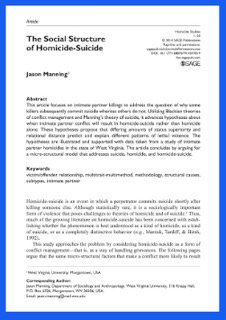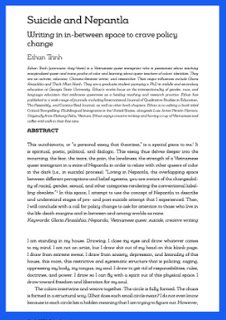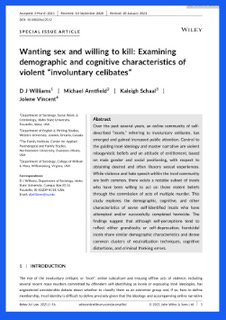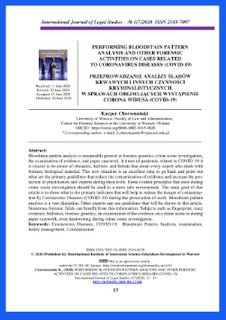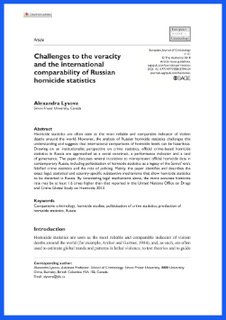By: Steven Kohm and Michael Weinrath
This volume of essays was drawn from the conference “Practicing Justice: Interdisciplinary Perspectives on Crime, Law and Justice” held over three days in May 2010. “Practicing Justice” was the second annual justice-themed event hosted by the Centre for Interdisciplinary Justice Studies (CIJS) at the University of Winnipeg Criminal Justice department. Our hope was to provide a forum for open and intellectual discus sion about justice in all its forms. To this end, we assembled a diverse group of participants including practitioners from the various justice agencies, Honours students from our own program, graduate students from a number of universities across Canada, local researchers, and academics from a variety of disciplinary backgrounds in Canada and the United States. What united all these participants was an interest in the elusive concept of ‘justice.’
The objective of the conference was to examine justice from a variety of standpoints. The practice of justice is all too often characterized by rigid dichotomies and entrenched rivalries: practitioners versus academics; applied researchers versus theoretical scholars; and community versus university. “Practicing Justice” was envisioned as an inclusive forum that might close the gap that separates often divergent perspectives on justice. We firmly believe that in order to understand justice and move toward the practice of justice – however defined – we must first be able to hear and understand others who bring different perspectives to the table.
We must acknowledge the hard work of Professor Richard Jochelson and Kelly Gorkof who a year earlier initiated a bold dialogue across the disciplines which culminated in our inaugural justice-themed conference “Theorizing Justice: Interdisciplining the Divide”. their goal was to “bridge the gap between disciplines, community agents, and institutional forces ... to identify the division between disciplines and to build an inclusive approach. hey cited the words of our keynote speaker Professor John P. Crank – who writes: “one must gather together liberals and conservatives, professionals and academicians, federal and local justice organizations, judges, defence counsel, prosecutors, sworn officers, managers... they all bring something to the table... they all bring a commitment to justice” (Crank, 2003).
The present volume of essays showcases a diversity of perspectives on justice. We are pleased to present submissions from practitioners of justice, Honours and graduate students, and academics of divergent disciplinary backgrounds. The essays that follow both critique conventional understandings of justice and suggest ways to better practice justice, however defined. Some works are highly theoretical and abstract, while others are more hands-on and applied. What unites all these submissions, however, is their commitment to and passion for justice.
Centre for Interdisciplinary Justice Studies (CIJS), Volume 1, Fall 2010








